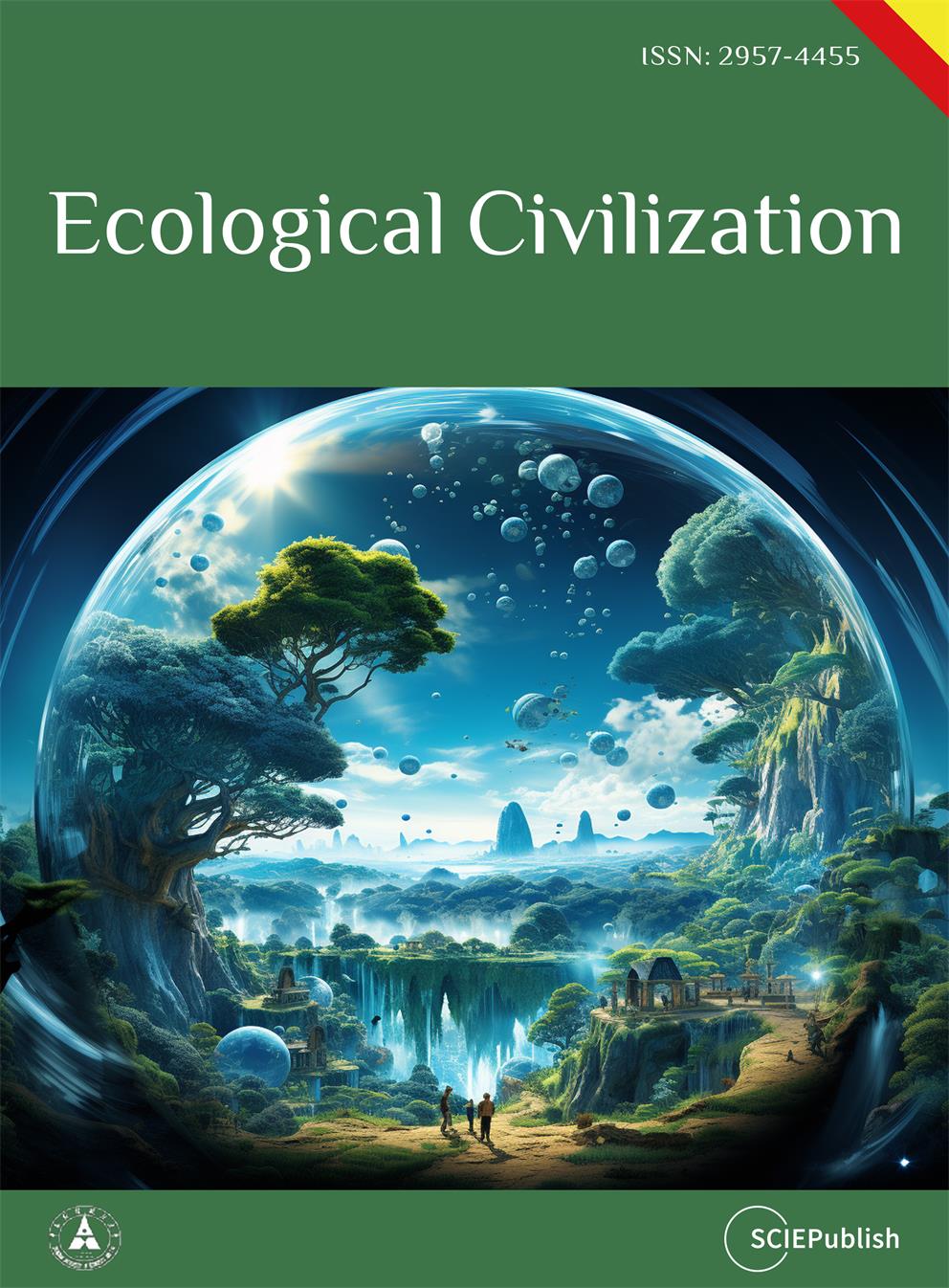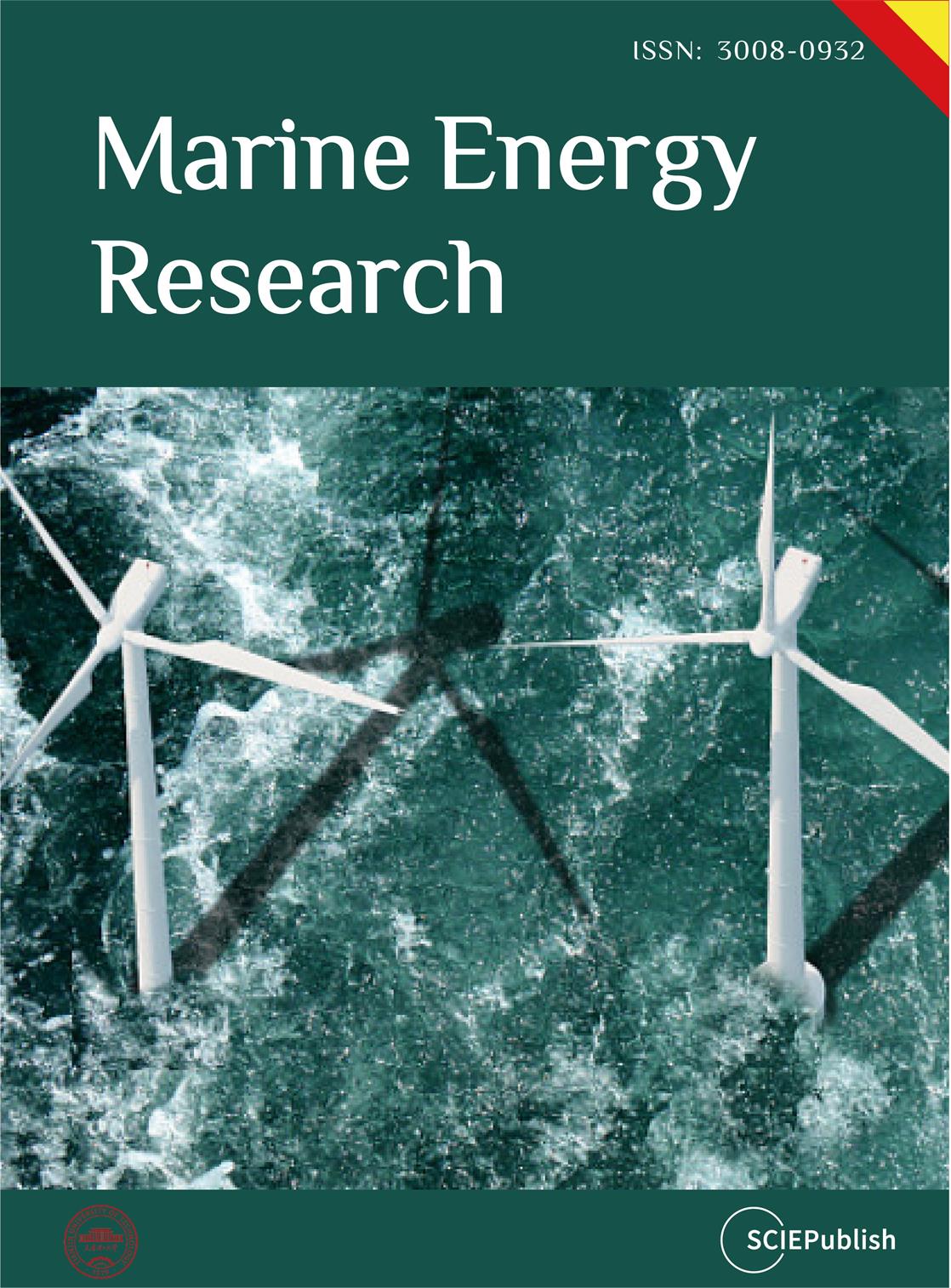Found 25 results
Open Access
Review
27 March 2025State of the Art in Wave Energy Conversion Technologies in China
This paper reviews the advancements in wave energy converter technologies in China, covering device design, performance evaluation, and system control techniques. It highlights power control technologies in wave energy conversion, including adaptive control, model predictive control, clutch control, clamp control, resistive load control, approximate optimal speed control, nonlinear control, and intelligent control methods. Through an analysis of these technologies, the study outlines the future directions and challenges in wave energy development in China, while also proposing potential pathways for optimizing the performance of wave energy conversion devices.

Open Access
Article
17 March 2025A Strategy for Resisting the Vested Interests Driving the Collapse of the Biosphere and Civilisation
The biosphere and civilisation are facing existential and other major threats: climate change, biodiversity loss, nuclear war, social inequality/injustice, loss of human rights, and autocracy. These threats are driven by politically powerful vested interests supported by an economic system based on the exploitation of the environment and most people for the benefit of a wealthy minority. This article proposes a strategy to resist and weaken state capture, i.e., the influence of the vested interests driving the principal threats, while simultaneously facilitating the transition to a sustainable society. Despite the achievements of diverse community-based non-government organisations (CNGOs) campaigning on specific issues, scientists are now warning of the potential collapse of civilisation. As the threats are linked together in several ways, I propose a strategy to address them together to yield multiple benefits, supplementing campaigns on individual issues. A broad social movement—comprising an alliance between CNGOs devoted to the environment, social justice, human rights, and peace—could exert sufficient political power to expose and defeat the methods of state capture. Simultaneously, the movement could gain widespread community support by campaigning for a well-being economy, including universal basic services and a job guarantee, thus facilitating the transition to an ecologically sustainable, more socially just, and more peaceful civilisation.

Open Access
Editorial
19 February 2025
Open Access
Review
13 February 2025High-Temperature Catalytic Platform Powered by Thermophilic Microorganisms and Thermozymes
Thermophilic microorganisms, capable of thriving under high temperatures, are emerging as key platforms for next-generation industrial biotechnology (NGIB), driving innovations in lignin biorefining, bioplastics synthesis, biodiesel production, and environmental remediation. Enzymes derived from thermophilic microorganisms, thermozymes, exhibit remarkable stability and efficiency under extreme conditions, making them highly suitable for diverse industrial applications. This review highlights recent advances in leveraging thermophilic microorganisms and thermozymes for high-temperature catalysis, focusing on their economic and environmental benefits. It also emphasizes progress in high-throughput screening and artificial intelligence (AI), which have revolutionized the bioprospecting, engineering, and application potential of thermozymes. Challenges and potential solutions for industrial implementation of high-temperature catalytic platforms are also discussed, highlighting their transformative impact on sustainable biotechnology.

Open Access
Article
12 February 2025Motion Control of Floating Wind-Wave Energy Platforms
Mitigating wave-induced motions in floating multi-body systems is a critical challenge in ocean engineering. For single floating structures, such as floating platforms or vessels, applying active control requires considerable energy. It is also a common solution to add auxiliary structures and a power take-off (PTO) device, thereby forming a multi-body system that utilises passive control. However, the effectiveness of this method is limited due to varying phase differences between control forces and motions, which change across different wave frequencies. The present work proposes a novel semi-active structural control method, which can effectively provide optimised control force to the main body within a multi-body system. The key point of this method is tuning the phases between the forces and motions of floating bodies. Proper tuning can neutralise the main floating body’s wave-induced motion by utilising the wave-induced motion of the auxiliary structure. The controller is developed under an optimal declutching control framework, adjusting the damping coefficients of the PTO system to provide discrete resistance to the target body. A floating semi-submersible (SS) platform equipped with a heave ring as an auxiliary structure is selected and analysed as the case study. The results demonstrate the method’s efficacy in reducing motion for floating wind turbine (FWT) platforms and its applicability to various types of multiple floating bodies. Interestingly, our optimal declutching control can “kill two birds with one stone”. It can simultaneously enhance motion reduction and increase power capture. In the current study, the proposed controller achieved a maximum motion reduction of 30% for the platform.

Open Access
Perspective
31 December 2024
Offshore Renewable Energy Advance
Offshore renewable energy generation has become an important means to address the energy crisis and climate change, which has gained widespread attention in recent years. This article presents classic domestic and international cases that introduce the development and industrial transformation of generation technologies for offshore wind, offshore photovoltaics, ocean wave energy, tidal energy and temperature difference energy. Offshore power generation projects face challenges in design, safety, long-term operation and economic feasibility. Offshore renewable energy generation is gradually moving towards industrialization, and is expected to become a key component of global energy supply in the future with technological advancements and policy support, providing strong support for tackling climate change and achieving sustainable development goals.

Open Access
Article
24 December 2024Hydrodynamic Performance of a Hybrid Floating Power Dock Combining Multi-Cantilever Type Buoys
This paper proposes a novel three-dimensional oscillating pendulum wave energy converter (WEC) that integrates an oscillating float dock station. The device captures wave energy by utilizing both the pitch and roll motions of its primary float and the pendular motion of a buoy. A time-domain analysis method is used to numerically evaluate the hydrodynamic behavior and energy conversion efficiency of the WEC. In ANSYS AQWA, a multi-cantilever WEC model is employed to address the fluid-solid coupling, calculating the device’s motion response and capturing the width ratio under various environmental conditions. Additionally, by modifying key geometric parameters including float radius, length, and cantilever angle, the study examines the rotation at the articulation point and the capture width ratio variation for different device configurations. Results indicate that the device achieves a maximum capture width ratio at a float radius of approximately 120 mm under T = 1.4 s, and a 130 mm for wave periods of 1.5 s and 1.6 s. The highest average capture width ratio is reached at a power take-off (PTO) damping coefficient of 400 N·s/m. The study further investigates the effect of cantilever angle and float length, aiding in the optimization of these geometric parameters.

Open Access
Article
27 September 2024Numerical Investigation of a Point Absorber Wave Energy Converter Integrated with Vertical Wall and Latching Control for Enhanced Power Extraction
This study presents a numerical investigation of a point absorber wave energy converter (WEC) with a focus on improving its performance through the utilization of a vertical wall and latching control in the power take-off (PTO) system. Prior to numerical evaluations, experimental data incorporating PTO considerations and numerical simulation results were examined to validate the accuracy of the numerical methodology employed in this research. This study introduces a numerical PTO model and latching control for a further investigation. Comparative analyses were carried out on the displacement, velocity, and force of the PTO, absorbed power, and capture width ratio (CWR), considering the incorporation of a vertical wall and latching control. The results confirm that the introduction of both vertical wall and latching control significantly improves the CWR of the WEC, showing the effectiveness of incorporating a vertical wall and latching control in enhancing power extraction.

Open Access
Article
07 August 2024Land-Tenure Shifts in the Maa Landscapes, Kenya, and the Impacts on Social-Cultural Relations, Structural Power and Social Economic Differentiation
In recent years, the expansive pastoralist landscapes in southern Kenya have undergone rapid transformation, the key being a change in the land-tenure system from communal to individual ownership. However, little is known about the complexities influencing these changes and how the changes impact the local people. This study employed qualitative inductive approaches and ethnographic methods, such as participant observation and in-depth interviews. It examined how local and international formal and informal institutions have impacted land tenure changes among the Maa pastoralists living near Chyulu and Tsavo-West national parks. Despite the expected benefits of individual land ownership, the changes have not addressed significant social barriers. These include norms and power structures that disadvantage the poor in the community, as well as women and youth within households. People with higher levels of poverty and fewer or no political connections are marginalized during land adjudication at the community level. At the same time, traditions and customs deny women and youth entitlement to property at the household level. Such groups thus experience land privatisation differently. This article argues that expropriation and unequal abilities to control, access and benefit from land profoundly impact social differentiation among pastoralists. Further, the article illuminates a more-than-human achievement, with wildlife shaping people’s lives through conservation-induced land expropriation, and a more-than-human vulnerability that livestock and wildlife face in the wake of land fragmentation and fencing that restrict their free movement. The article contributes to more significant debates on pastoralist land tenure, property relations, ongoing changes in land control processes, and more-than-human achievements and vulnerabilities.

Open Access
Article
12 June 2024Optimized Real Time Single-Drone Path Planning for Harvesting Information from a Wireless Sensor Network
We consider a remote sensing system in which fixed sensors are placed in a region, and a single drone flies over the region to collect information from cluster heads. We assume that the drone has a fixed maximum range and that the energy consumption for information transmission from the cluster heads increases with distance according to a power law. Given these assumptions, we derive local optimum conditions for a drone path that either minimizes the total or maximum energy required by the cluster heads to transmit information to the drone. We show how a homotopy approach can produce a family of solutions for different drone path lengths so that a locally optimal solution can be found for any drone range. We implement the homotopy solution in Python and demonstrate the tradeoff between drone range and cluster head power consumption for several geometries. Execution time is sufficiently rapid for the computation to be performed in real time so that the drone path can be recalculated on the fly. The solution is shown to be globally optimal for sufficiently long drone path lengths. A proof of concept implementation in Python is available on GitHub. For future work, we indicate how the solution can be modified to accommodate moving sensors.
